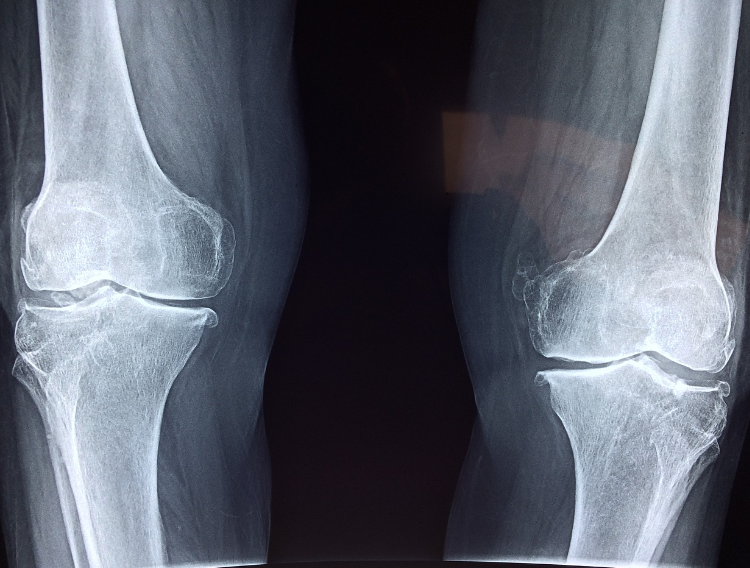Approaches to Address Pain Beyond Painkillers
|
If you’re in pain, then you want to do something about it, undoubtedly. One of the first solutions that many might turn to could be painkillers. Whether over-the-counter or prescription, they can do a lot of good, but sometimes they are not enough. Rather than overmedicating, it’s a much better idea to find other strategies to have working alongside them. For that reason, we’re going to look at some of the alternative approaches you can take to manage your pain. |
 |
The mind-body connection
There is no doubt in the medical community that mental anguish and physical pain are very much connected, having a near-cyclical relationship. In fact, the mind-body connection may not exist, not because there is no link there, but because they are so closely related it’s not worth thinking of them as two different things. One of the clearest examples of your mental health affecting your physical condition is the connection between stress and pain. Stress can cause physical tension in the body by tensing your muscles involuntarily. Not only can this cause headaches and joint pain, but it can exacerbate existing physical conditions, as well. Easing away this tension with hypnosis is one way to approach the role stress might be playing in your pain.
Get to the root with a chiropractor
A holistic approach means addressing your health concerns through more than medical treatments alone, and one that has become more popular and widespread as of late is the chiropractic approach. With the help of a primary care physician specialising in chiropractors, you may be able to address some of the root causes of physical pain, such as misalignment or inflammation. This approach has been found by many to be able to tackle the sources of issues such as joint pain, poor circulation, migraines, and more. It can also offer long-term relief to pain without the need for medication, which can help some people wean themselves off of medicine that they have a risk of becoming dependent on. You can search for chiropractors online. Check out websites such as this one from Dr. John Heary and compare services.
Think about what you’re eating and drinking
Certain foods and drinks can increase inflammation and contribute to pain flare-ups. This includes sugary drinks and foods, fried foods, alcoholic drinks and red meats. Reduce these foods and drinks within your diet and instead try to consume more anti-inflammatory foods and drinks. Examples include herbal teas, oily fish, leafy greens, nuts and various herbs and spices (most notably turmeric, ginger, black pepper, cloves and garlic). Certain herbal ingredients may even be recommended for certain pains. For example, ginger is renowned for helping to fight nausea and stomach pain, while rubbing cloves on the gums may help ease a toothache.
Building a stronger body
In some cases, the pain your body is experiencing might be the result of a body that is not able to support itself when it is injured. To that end, there is an approach that uses physical exercise to help you heal and release the positive neurotransmitters that can help dull the sensation of pain without having to use medication. Physical therapy and occupational therapy are two treatment paths that use this approach, aiming to improve your natural strength and mobility, so that you can better support yourself and put less strain on areas that may be injured or have suffered from strain in the past. This can help people become a lot more independently mobile, too.
Treating your pain can require trying a few different approaches. The nature of pain is that it’s different for everyone, depending on not just the cause but a whole network of contributing health factors. Start with the strategies above to see if you can’t find the approach that works best for you.